It's usually recommended that you replace the plugs after every 20,000 Km or 12,000 miles or as indicated in your vehicle owner’s manual.
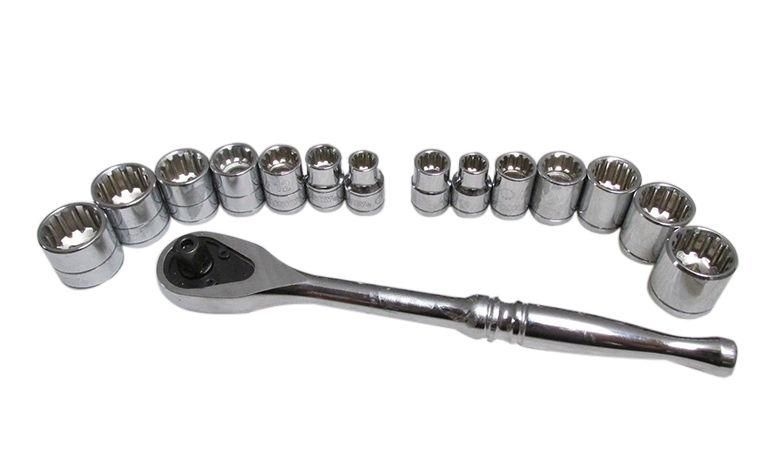
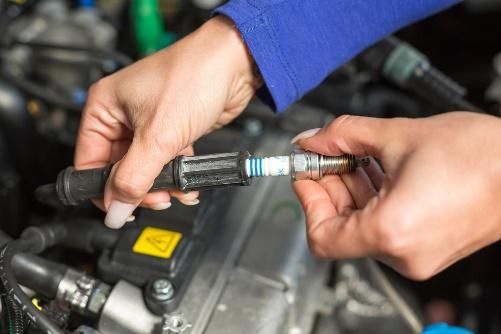

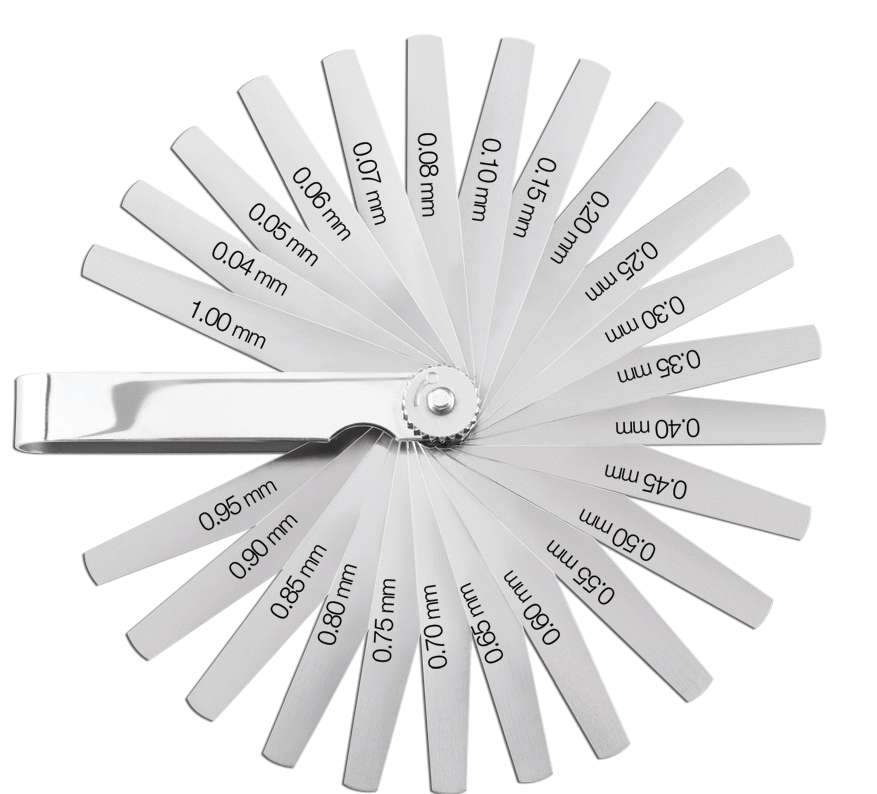
1) To change your spark plugs, you'll need:
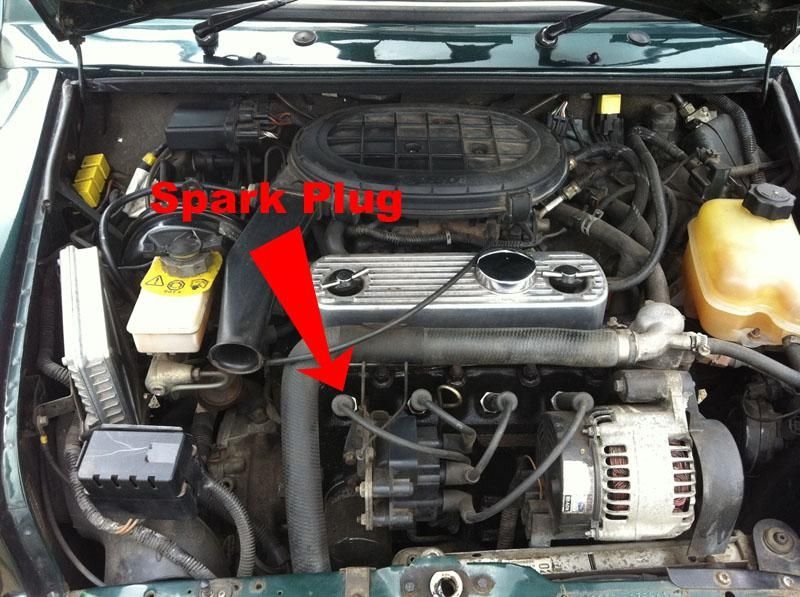
2) You should be able to see a bundle of 4-8 wires leading to different points on the engine compartment. You can locate the spark plugs at the end of these wires. (You can also check the owner’s manual to know the location of the spark plugs).
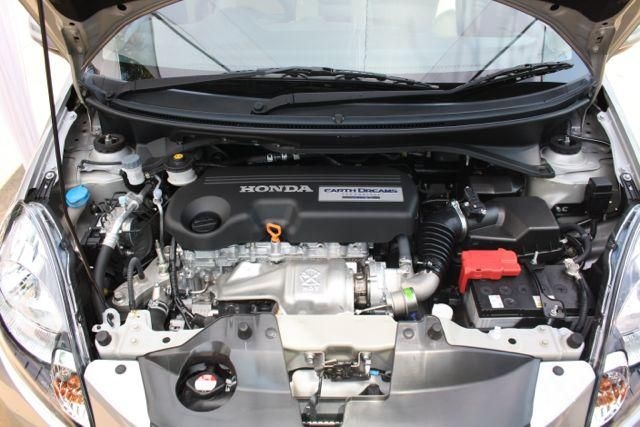
3) Wait for the engine to cool down so that you can touch its components.
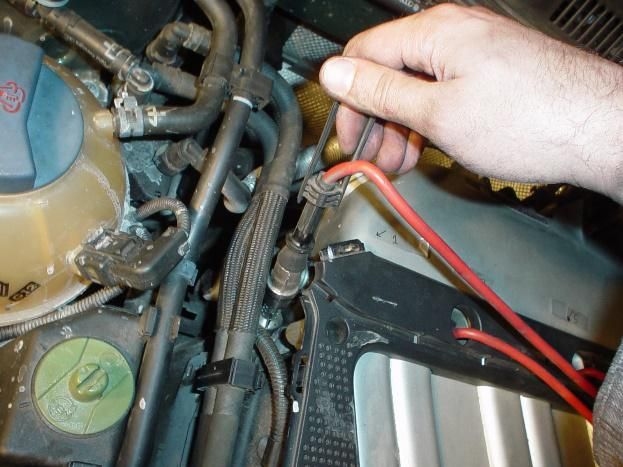
4) Hold the wire of the boot with your fingertips. The wire is easily identified as a little cap on the end of a spark plug. Gently twist the boot until the wire comes out. If the wires do not come out easily, twist them gently left and right.

5) Fit the socket wrench with the extension bar and use the ratchet to remove the spark plug from its housing slowly and with caution such that the plug doesn’t get damaged.
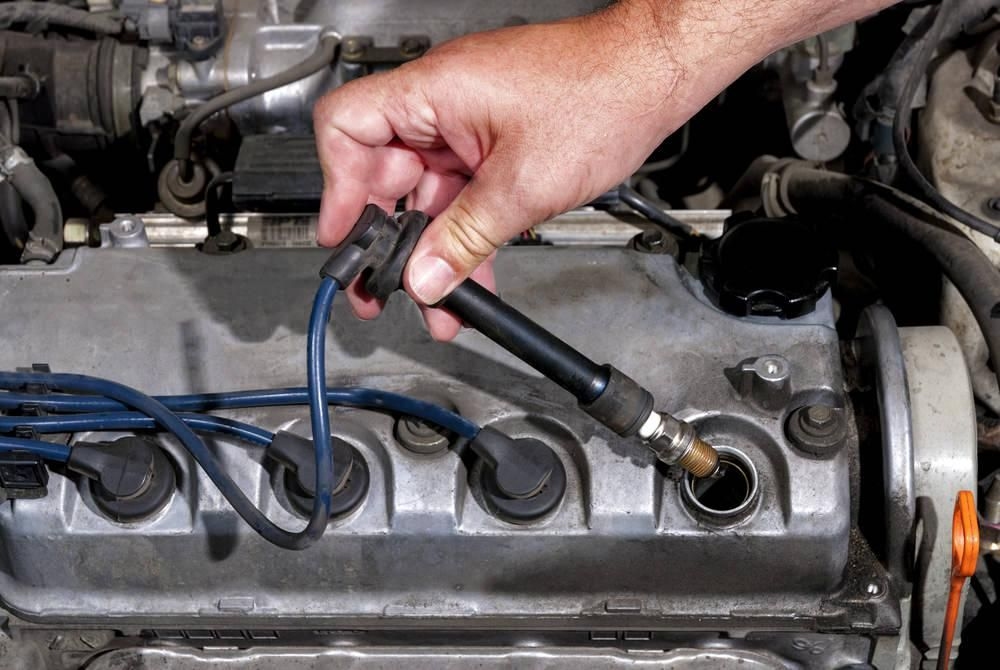
6) To check whether the plugs need replacing, remove one spark plug and check the gap. If the contacts are burnt out, refit the plug and lead to the correct torque setting. Spark plugs fire up in a specific order, and crossing a wire to the wrong plug will make the engine run rough or stop it completely, causing major damage to your engine. So, you need to remove the plugs one at a time, keeping track of the order.

7) Measure the gap of the spark plug. Refer to the vehicle owner’s manual to find out the optimum gap (ideally it is between 0.028-0.060 inch). If the gap is higher than it should be and it is an adjustable-gap plug, you can either try to change the gap by gently tapping the plug on a wooden surface with the gauge in between the plug gap till the desired measure is achieved, or replace the old plug with a new one. However, you must change your spark plugs if you see any white, limey build up around the electrodes of the plugs, or if you see any evidence of burning or parts of the electrode missing. Also, heavy, sooty build-up means it’s time to change your plugs.
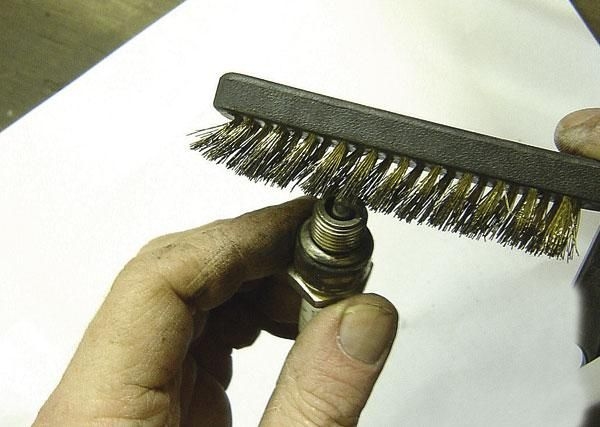
8) In case you are sure to replace the spark plugs, it is advisable to replace with the plugs of same specifications as your previous ones. First, clean the wire ends, preferably with the help of wire brush.
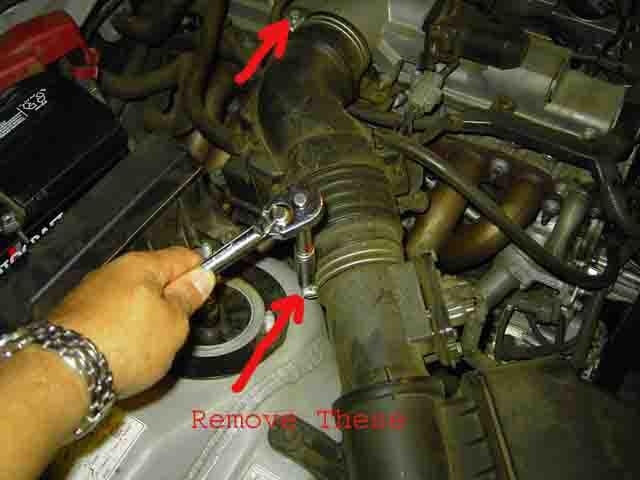
9) Use the spark-plug socket to remove each plug and replace with a new one. Tighten a bit with hand only (say, 1/8th of a turn). Be cautious as you do so as over-tightening can damage the thread strip the thread on the head of the engine. Use your spark plug wrench or socket to give the spark plug a final strong turn.

10) Gently re-attach each wire into the specific spark plug with your fingertips. It is a must to put the wires back in the right sequence on engines with multiple cylinders.